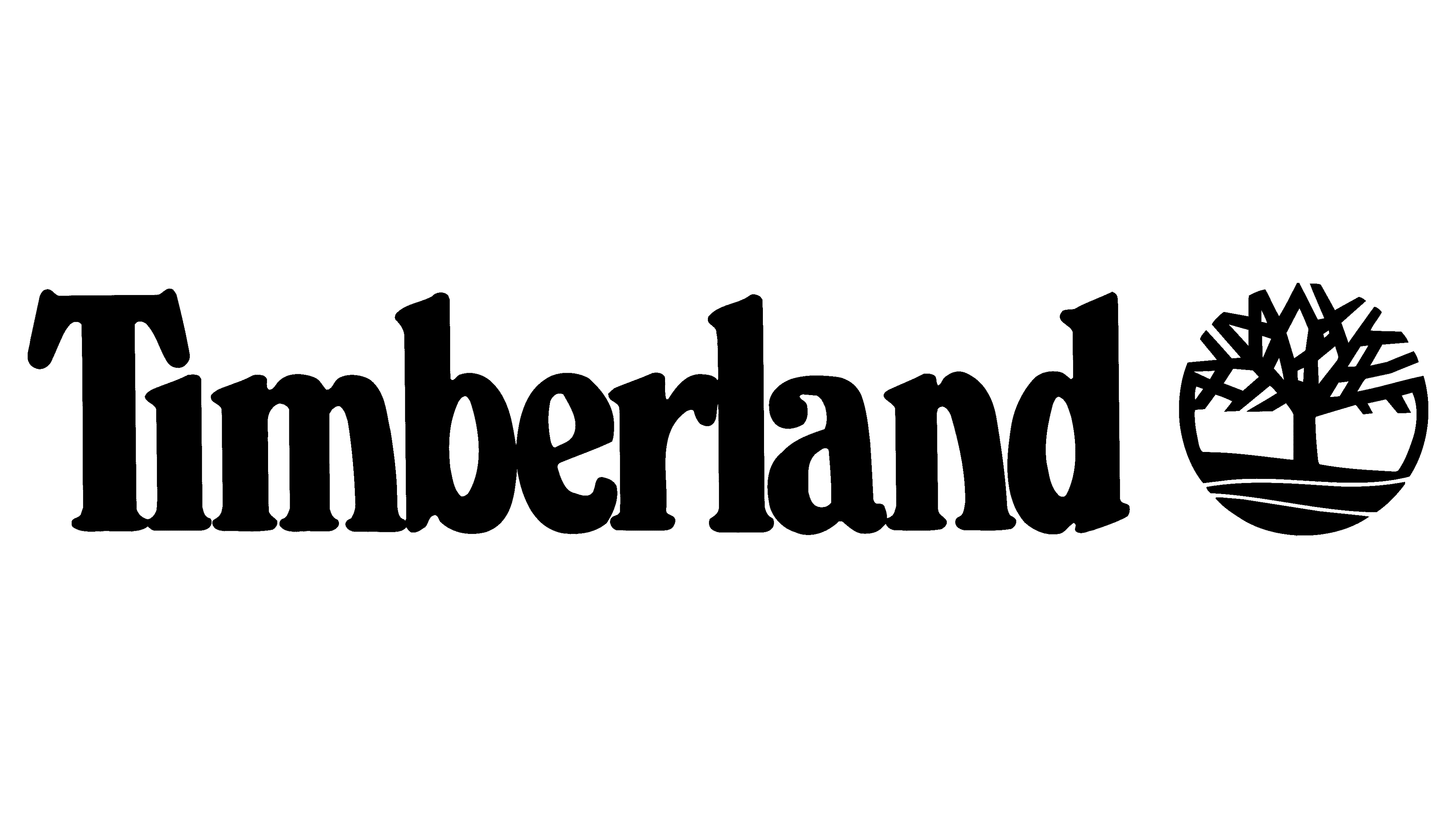Timberland is an American lifestyle brand of rugged outdoor footwear, apparel, and accessories. It was founded in 1952 by Nathan Swartz and started as a small business in Boston, Massachusetts. Timberland’s most popular product line came up in 1973 with its waterproof leather boot, the Timberland Original Yellow Boot—an invention that sold very well amongst outdoor consumers and later on amongst urban dwellers.
Meaning and History
Over the years, Timberland has expanded to a product line by incorporating any kind of activity footwear. From rugged outdoor adventures to daily life, the company caters to every segment. It is quality and innovation commitment that has turned Timberland into a global name. The essence of this brand is always the durable quality, timeless fashion, and comfort. These are three things that have always kept its products the most favored choice for those people who wish for fashion with endurance.
Timberland remains committed to environmental and social responsibility. In recent years, the company has also moved towards sustainability with the use of eco-friendly materials and processes for ethical manufacturing. What is more, Timberland involves many social endeavors and the environment, hence showing their commitment to making better impacts outside the business of fashion.
What is Timberland?
Timberland, an American brand founded in 1952, is renowned for its durable outdoor footwear, apparel, and accessories. Timberland first gained international acclaim with the introduction of their classic waterproof leather boot in 1973. Starting with work boots, the product range has expanded since then to include anything from outdoor and casual wear of every kind, with the brand being synonymous with quality workmanship and classic style.
1973 – 1975
Timberland’s logo is anchored by the company name in robust, uppercase sans-serif lettering, reflecting the strength and durability synonymous with the brand’s outdoor apparel. These thick, black characters are deliberately designed to suggest reliability, an attribute central to the brand’s identity. With its crisp legibility and no-frills design, the text communicates a straightforward and practical ethos.
1975 – today
Flanking the company name to the right, the emblem is a graphic tree set within a circle, stylized with angular lines and geometric precision. This emblem encapsulates Timberland’s embrace of the outdoors, marrying natural inspiration with a modern, almost architectural rendition. Encircled to denote unity and the global reach of the brand, the tree stands as a symbol of Timberland’s commitment to nature and sustainability.
The text and emblem of the Timberland logo present a visual narrative that combines tradition with a contemporary edge, a clear display of the brand’s ethos and its role in the realm of outdoor gear. The stark contrast of black against white lends a timeless quality, while the emblem serves as a distinctive badge representing the brand’s legacy and forward-looking philosophy.
Font
The name caption is in a sans-serif font, which creates a strict and respectable look. It consists of heavy uppercase characters that easily convey the brand’s choice of a modern, simplistic aesthetic, while the consistency present in the thick strokes of the letters gives a message that revolves around the quality and durability of the product.
Colors
The colors of the Timberland logo are classic and simple. The company name is in bold black font, which symbolizes sophistication and class. This black color is also used in the tree logo inside the circle. By featuring black for both text and emblem and white for the backdrop, the logo maintains a timeless look – readable and effective at any time when applied to products and marketing materials.





